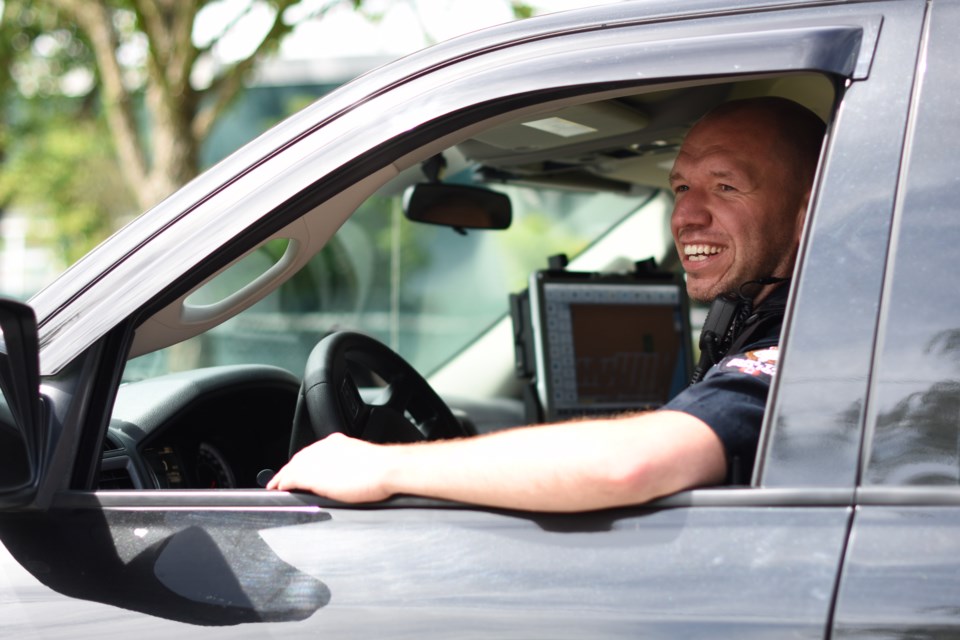Before the year’s end Delta Police will be the first municipal police department to have a piece of technology capable of reducing police controlled road closures by several hours.
At a city council meeting on Nov. 9, councillors approved the purchase of a Leica 3D Laser Scanner for the DPD at the tune of $118,450. In the report made to council, Delta Police made a case for the purchase writing that the department’s current GPS-based system is approaching the end of its useful life.
Constable Vince Neudorf is a collision reconstructionist with the DPD and will be the one primarily working with the scanner. Neudorf has used the department’s older GPS technology for a number of years and said the process can be time consuming.
To document a scene with the GPS, hundreds of data points have to be manually entered Neudorf said. Additionally, the points could only be entered if the connection between the operator and the satellite was not blocked by a bridge or tunnel.
The scanner on the other hand is placed on a tripod, the operator hits ‘go’ and millions of data points are collected to create a 360 degree recreation of the scene. One scan can be completed in a matter of minutes where the older system’s data collection process could make up two to four hours of a six-hour traffic delay.
"This is kind of a game-changer,” Neudorf said. “It's definitely going to speed things up but it'll also make it so I don't have to go back and do any extra work again because it'll all be there from the first scan."
Neudorf told the Optimist that other municipal police departments have never had such unfettered access to the benefits of this kind of scanner, until now. These scanners are employed by RCMP collision units and forensic teams.
More than freeing up traffic, the scans are also capable of walking a jury through a crime scene like never before.
“It's not just photos, it's not just me explaining things on a two-dimensional scale diagram,” Neudorf said. “You could actually, with the right equipment, bring a jury or a judge into this 3D world.”
Neudorf added that due to the scanner’s accuracy it is possible to determine how fast vehicles were traveling before a collision. This is accomplished by comparing a scan of the damaged vehicle to a scan of an intact vehicle of the same make and model and calculating the difference between the damaged area.



